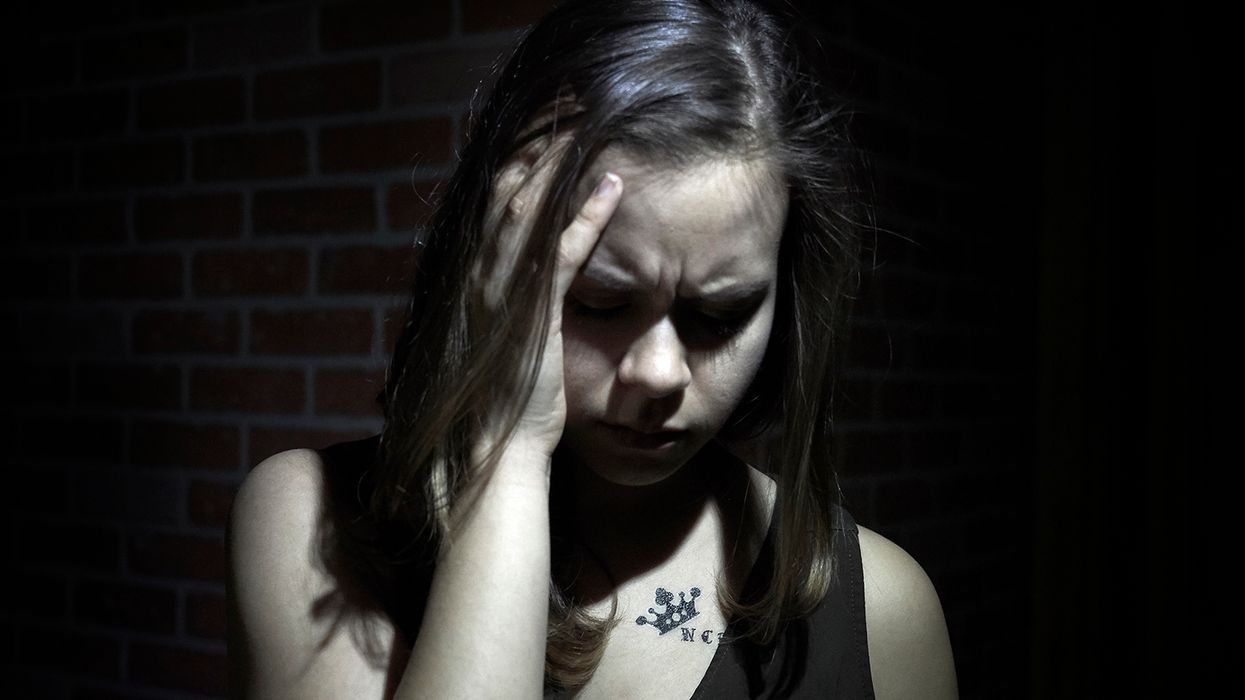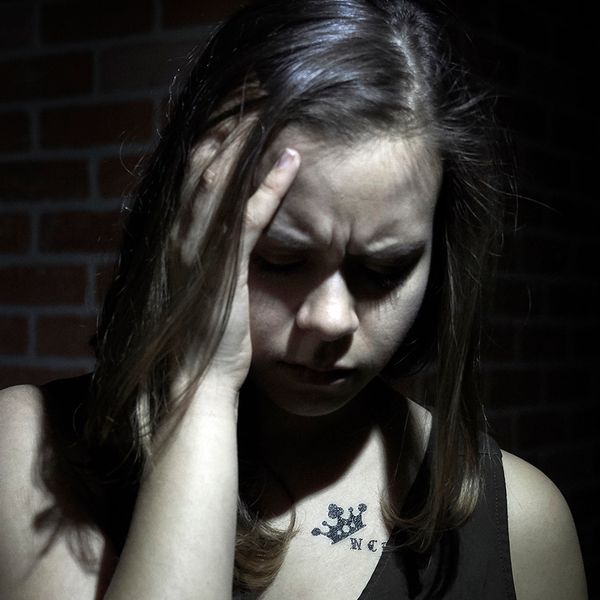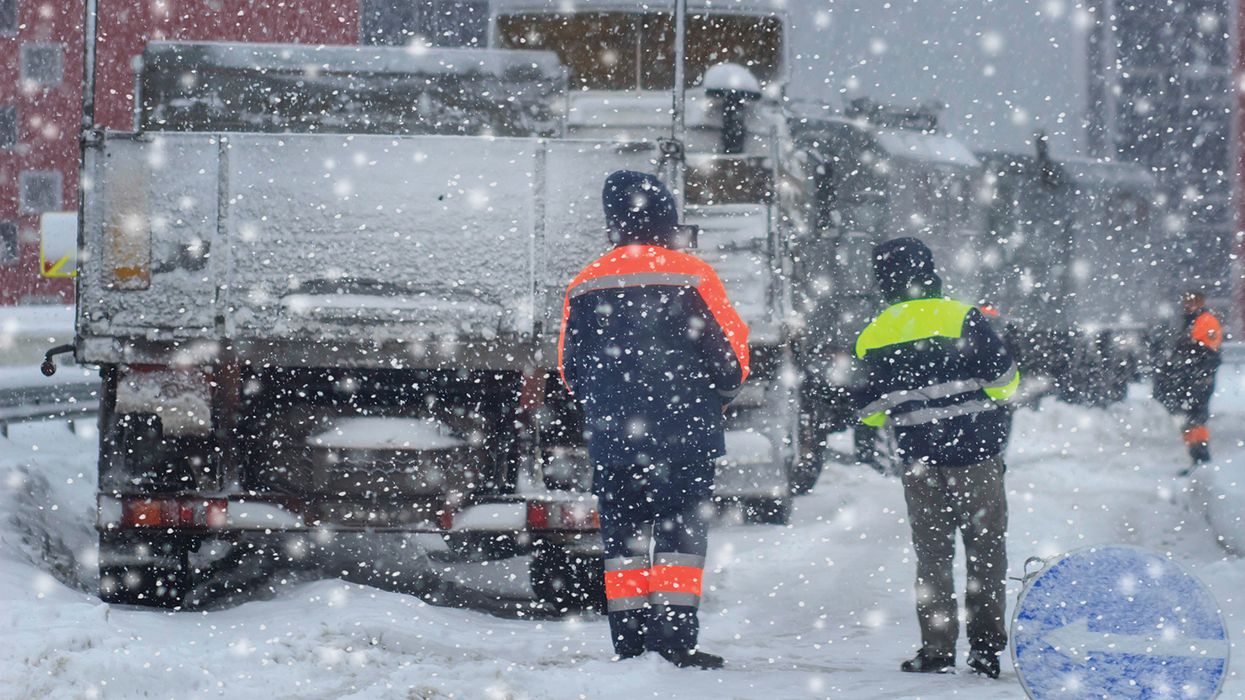Putting the brakes on human trafficking
Human trafficking is a crime that strips away dignity and freedom from its victims. It is all our responsibility to be a light in the darkness of this crime and help create a world where all people live without fear or exploitation.
What is human trafficking?
The United States Department of Justice defines human trafficking as “… any act that involves compelling or coercing a person to provide labor or services, or to engage in commercial sex acts. The coercion can be subtle or overt, physical or psychological.” In layman’s terms it is forced labor, commercial sex or other harmful activity that a person is engaged in. All commercial sex involving minors is also human trafficking.
This crime affects people of all races and genders. 14% of victims of sex trafficking are male. While women are also the largest group victimized for labor, men account for almost 37% of these cases.
A study found an estimated 2,950 involving human trafficking reported to the FBI’s reporting base resulted in an estimated 3,570 victimizations. These criminals often have more than one victim enslaved at a time.
The big problem
A common misconception is that all people involved have been kidnapped. Many victims are coerced by someone they know and trust. After being convinced to commit an act once, they are later intimidated to continue. Many victims are not aware they are being trafficked and believe they are in a legitimate situation.
Signs of human trafficking
Unfortunately, truck stops and rest areas can be hotbeds for human trafficking. Drivers can help by paying attention to what is going on around them. If a person or group of people are dressed inappropriately for the weather, such as wearing revealing clothing in the winter they are a potential victim. Traffickers often monitor or control the individual being trafficked, not allowing them to speak for themselves. Some of these criminals even tattoo bar codes or apply hot iron brands to the victim to signify ownership.
Community participation efforts
January is human trafficking awareness month. While it is important to look for signs of trafficking every day, the focus in January is to educate people on the problem and what they can do to help. The Commercial Vehicle Safety Alliance (CVSA) holds an outreach every year for one week to educate CMV drivers, carriers and law enforcement about crimes involving human trafficking, the signs to look for and how to report possible trafficking. Wallet cards reminding drivers things to look for and window stickers displaying the U.S. National Human Trafficking Hotline are distributed at truck stops, scales and carrier terminals to create awareness of this heinous crime.
The Department of Transportation (DOT) even awards innovative transportation teams a “Combatting Human Trafficking in Transportation Impact Award”. This award is a platform to develop and submit creative counter trafficking tools that can be shared with the larger community.
Don’t take matters into your own hands
It is nearly impossible to know if the victim is being watched by one person or a group of people. Your safety and the safety of the potential victim are paramount. Do not attempt to confront a suspected trafficker directly. If you suspect someone you have been in contact with is being trafficked call 911 or call the National Human Trafficking Hotline 1-888-373-7888. Suspicious activity can even be reported online, Report Trafficking | National Human Trafficking Hotline. Provide as much detail as possible such as who and what you saw, where and when it occurred, and why it looked suspicious.
Key to remember: Knowledge and awareness are critical in recognizing the signs that could free someone from this traumatic experience.
















































